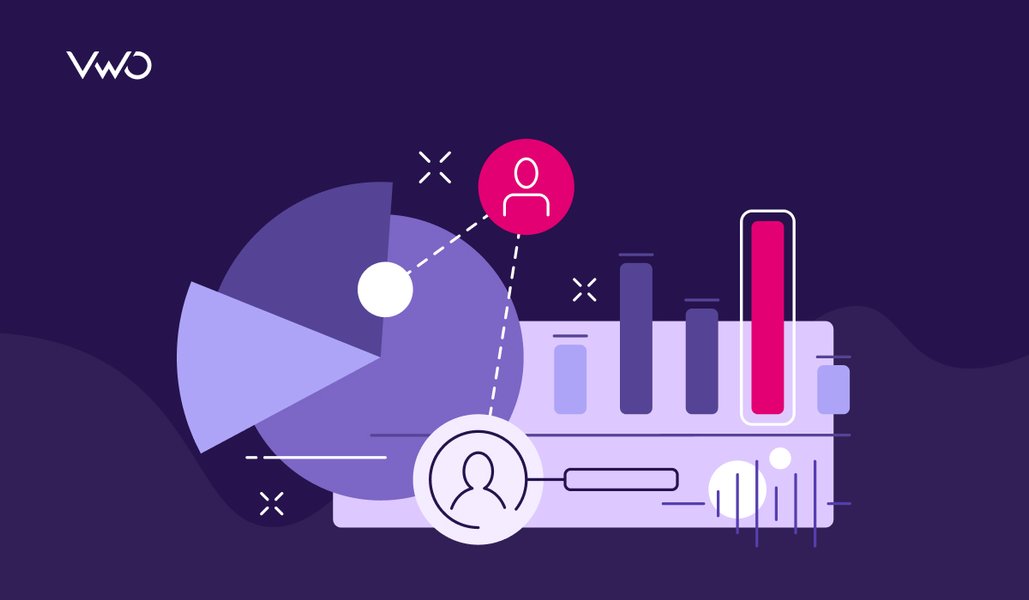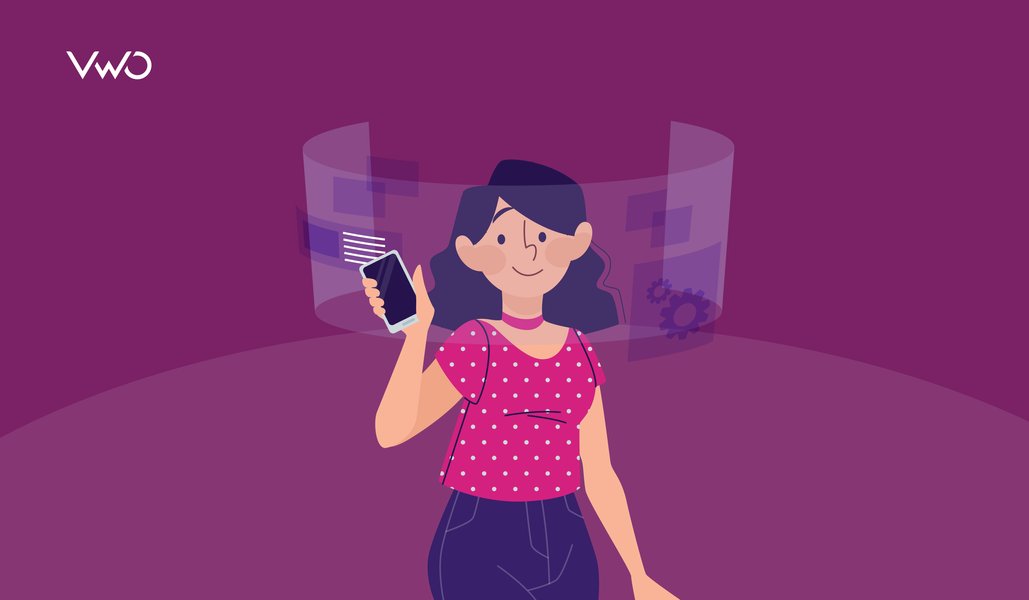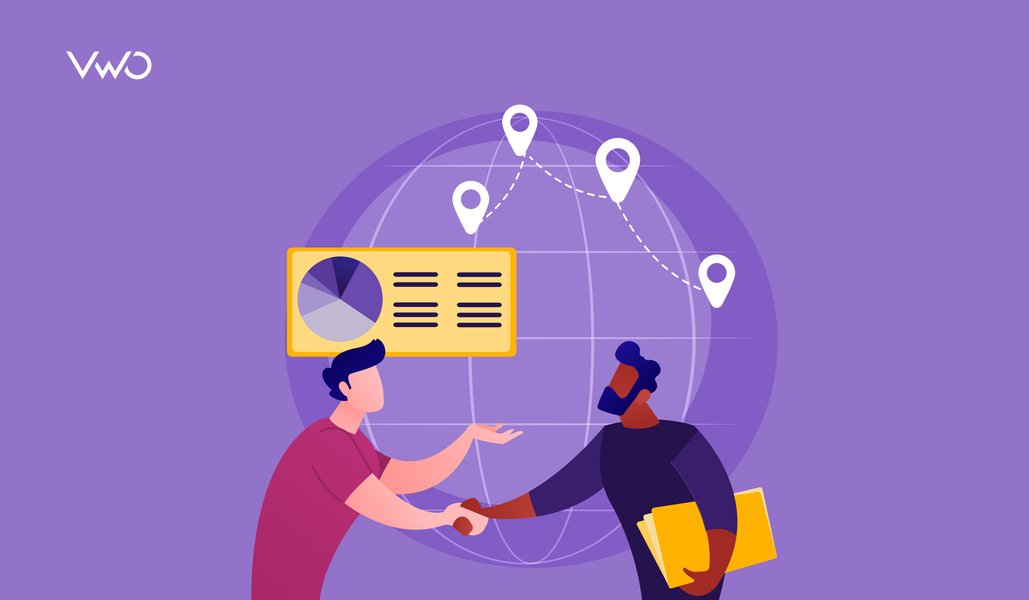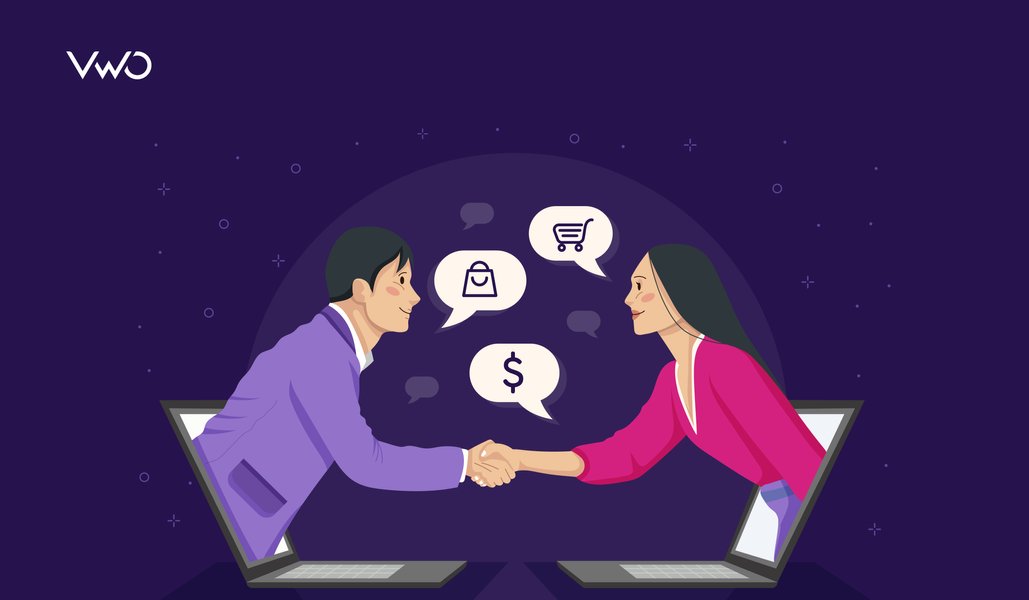When companies are crafting their brand engagement strategies, they have a choice to make. They can either build their strategies around their goals and vision to attract customers, or they can tap into customer insights to strengthen their brand engagement efforts.
Only a handful of brands manage to find that perfect balance between the two.
But, Lego, the iconic toy brand, has cracked the code with their fantastic initiative called Lego Ideas. It acts as a welcoming hub for Lego fans to share their imaginative designs, and if the community gives them a thumbs up, these ideas can become real Lego sets! This strategy perfectly aligns with Lego’s core value of product innovation through creativity and imagination.
What do we learn from this example? When you put customers at the center of your brand engagement, you let them resonate with your goals, ensuring your brand stays on their radar over time.
Let’s explore more about this concept in our blog. Continue reading!

What is brand engagement and how is it different from brand awareness?
Brand engagement and brand awareness are both vital components of a company’s marketing strategy, but they serve distinct purposes.
Brand engagement focuses on the depth of the connection between the audience and the brand. This involves active participation, interaction, and emotional attachment.
For instance, when customers actively engage with a brand on social media, leaving comments, sharing content, or participating in discussions, they are demonstrating brand engagement. It’s about building a loyal, dedicated customer base that actively supports and promotes the brand.
Brand awareness, on the other hand, is the extent to which a target audience recognizes a brand, primarily through exposure to its name, logo, or slogan. It’s about making the brand known and familiar. For example, when someone recognizes the golden arches of McDonald’s, they are displaying brand awareness.
Brand awareness is about recognition, while brand engagement is about fostering a deeper, more interactive relationship between the brand and its audience. Both are crucial for a brand’s success, with awareness being the first step toward engagement.
Brand engagement vs Customer engagement
Most of us tend to use these two terms interchangeably. But no, that’s not how it is.
Brand engagement and customer engagement are different from one another. While the former centers on how customers connect with a company’s identity, values, and story, the latter relates to customers’ interactions and experiences in their journeys with a brand. Let’s understand with the example of Nike, one of the world-renowned footwear brands.
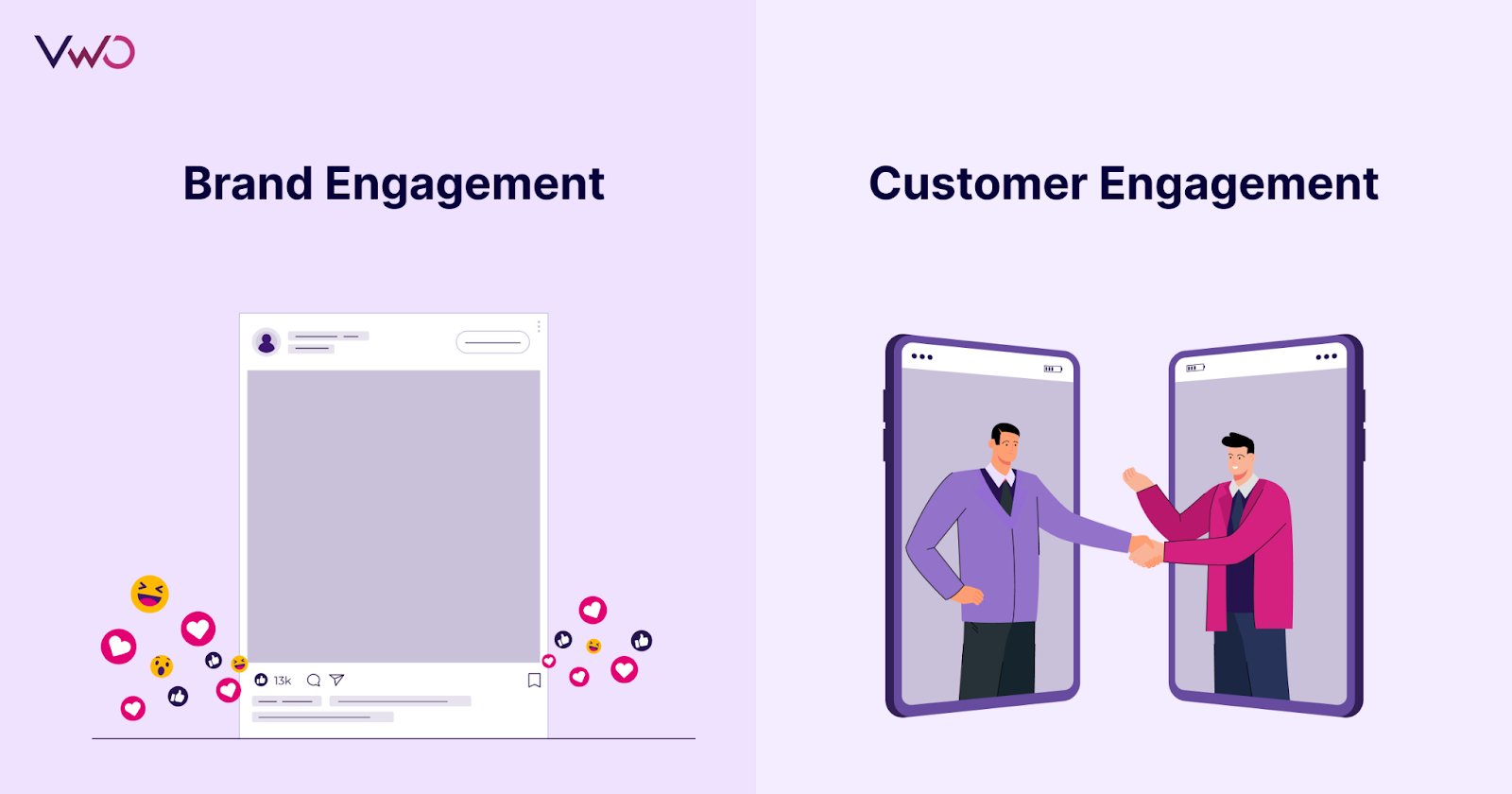
Nike’s ‘Just Do It’ tagline captures the brand’s core values of motivation and empowerment. Consumers resonating with this slogan feel a strong emotional connection to the brand, making it more than just a sportswear company. This is an example of Nike’s brand engagement strategy encouraging consumers to embrace an active lifestyle, pursue their athletic goals, and overcome obstacles with determination.
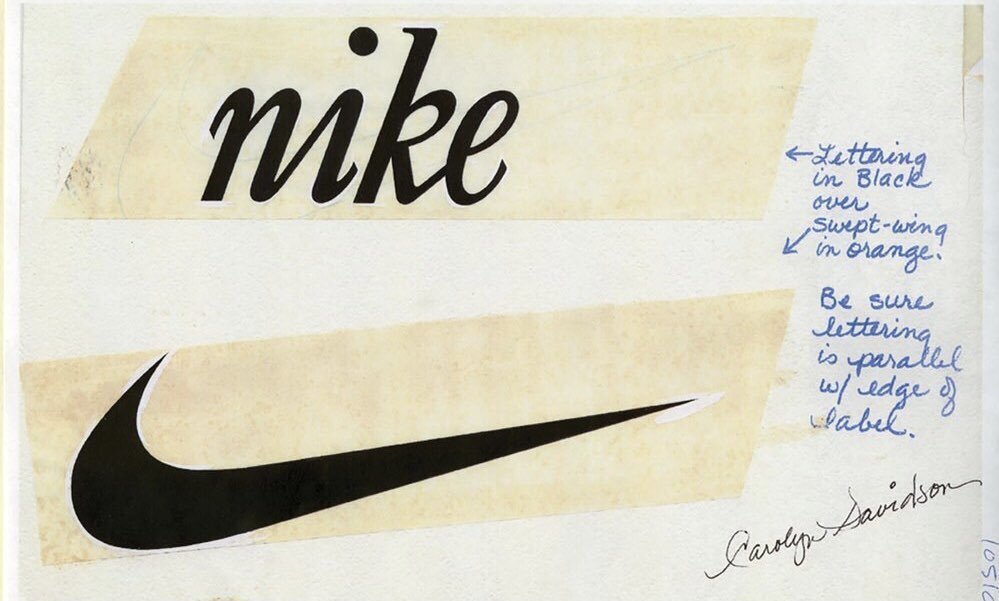
Coming to Nike’s customer engagement strategies, their Nike Training Club app offers personalized workout recommendations, building a direct and ongoing connection with users. Plus, their loyalty program, NikePlus, rewards customers for their brand loyalty, enhancing customer-brand relationships.
Get the difference now? Nike demonstrates how brand engagement shapes their overarching message and values, while customer engagement focuses on the day-to-day interactions and experiences that enhance customer loyalty and satisfaction.
Tune in to learn more about the link between customer loyalty and revenue growth.
Why is brand engagement important?
Many brands frequently overlook brand engagement because it takes time to secure a lasting place in customers’ minds. Nonetheless, they need to initiate this process today to enjoy the following benefits:
Improved word-of-mouth marketing
Think word-of-mouth marketing has lost its effectiveness? Not so fast! According to a survey, a whopping 88% of customers still go ahead with recommendations from their friends and family. When customers are emotionally invested in a brand, they become natural brand advocates, setting the ball rolling for powerful word-of-mouth marketing and boosting a brand’s reputation and awareness.

Increased sales and revenue
Engaged customers are more likely to make larger purchases and explore a brand’s products or services, increasing conversions and sales. They are less price-sensitive and are willing to pay a premium for products or services they trust and value. For instance, Apple’s brand engagement strategies led users to purchase not only one product but multiple ones over the years, from iPhones to MacBooks and more.
Competitive edge
Companies that prioritize building strong connections with their customers are more likely to stand out in the market. Engagement customers are less likely to switch to competitors, helping a brand maintain and even expand its market share. Tesla’s emphasis on sustainability and innovation resonated with eco-conscious consumers and technology enthusiasts, making them a leader in the electric vehicle industry.
Brand resilience
Successful brands with high engagement can weather crises and negative events more effectively, thanks to their loyal customer base.
Coca-Cola, a globally recognized brand, faced a significant challenge with the rise of health-conscious consumers and concerns about sugary beverages. Despite these headwinds, Coca-Cola’s long-standing brand engagement allowed them to adapt and thrive.
To increase customer engagement, the brand diversified its product offerings to include a wide range of healthier beverage options, from bottled water to low-calorie drinks. They also engaged in transparent communication about ingredient changes and nutritional information, building trust with their audience.
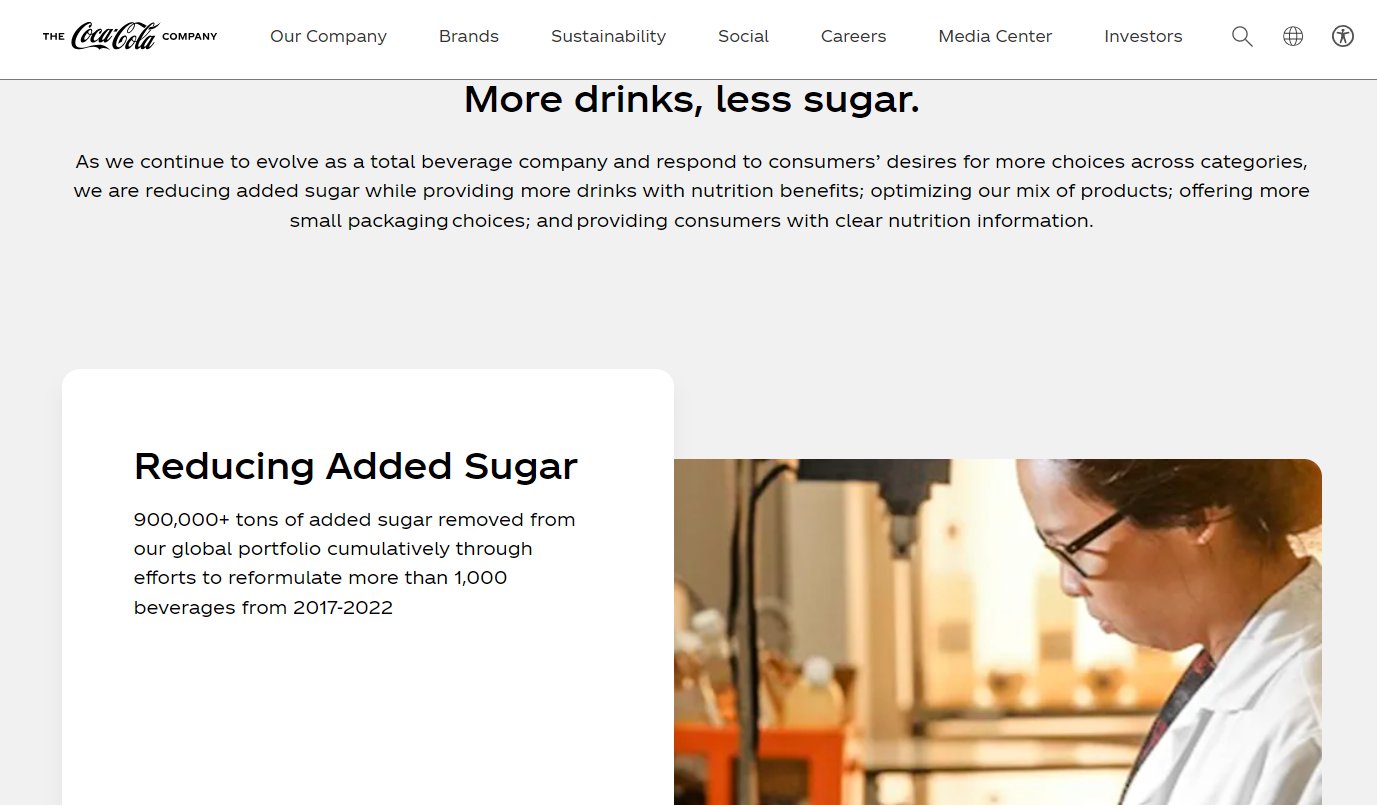
Their brand resilience, fortified by decades of brand engagement and a willingness to adapt, has enabled them to not only weather the changing market but also grow and prosper in a time when many beverage companies faced declining sales.
How can you improve brand engagement?
Now that you know what makes brand engagement an indispensable component of your business growth strategy, here are the top things you must leverage to improve your brand engagement:
Personalization
Personalization is key to creating a relevant and engaging experience for each customer. It can boost customer engagement, customer satisfaction, and retention.
For example, the eCommerce giant Amazon uses customer data and browsing history to offer personalized product suggestions, creating a highly engaging and unique shopping experience for each user.
If you want to release personalized experiences on your website as well, take a free trial of VWO Personalize. With the dynamic Visual Editor and advanced segmentation, you can sharpen experiences based on buyers’ journeys using this tool.
Watch this video to get started with personalization in a step-by-step process.
Social media
Social media platforms provide an excellent opportunity to create a dialogue with your audience and showcase the human side of your brand.
Nike’s active presence on social media platforms like Instagram and Twitter enables them to engage with their community of athletes and fitness enthusiasts. They share inspiring stories, interact with customers, and even respond to user-generated content.
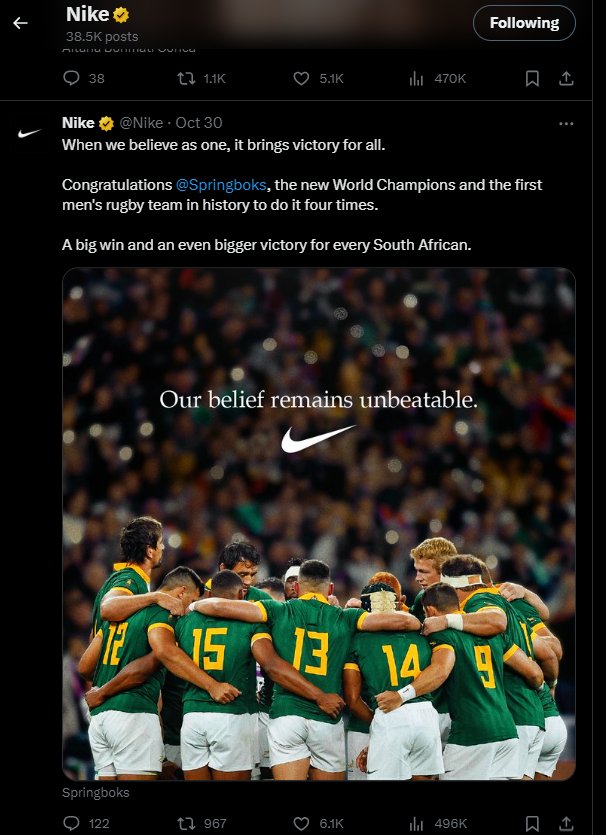
Customer feedback
Actively seeking and responding to customer feedback not only demonstrates that you value their input but also helps you continuously improve your products and services.
Airbnb uses a two-way review system, where both hosts and guests leave feedback for each other. This encourages accountability, trust, and constant improvement.
Build a community
Community-building fosters a sense of belonging and encourages users to become brand advocates while regularly staying up-to-date about your brand’s latest developments.
Red Bull, known for its extreme sports and adventure content, has built a strong community of enthusiasts who engage with and share the brand’s thrilling content.
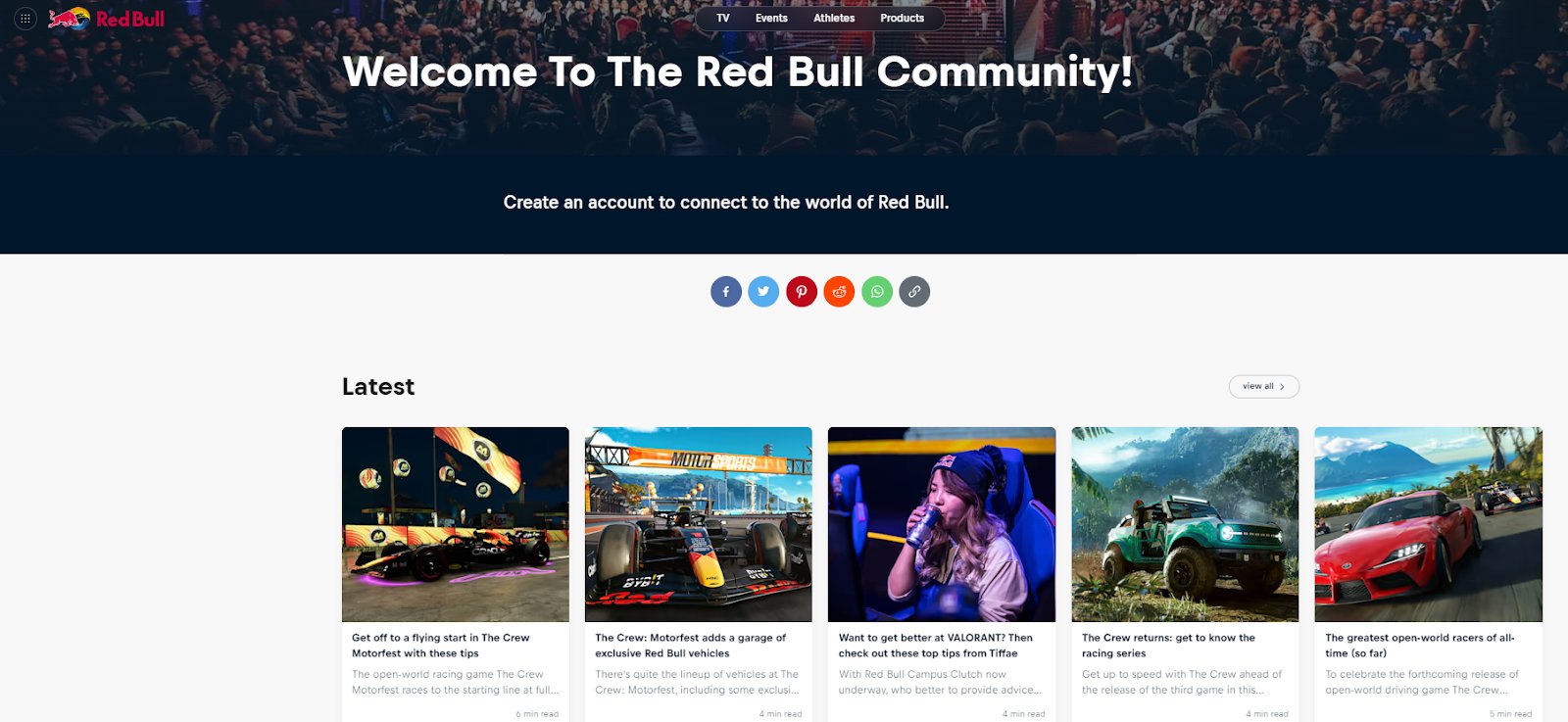
User-generated content
Encouraging user-generated content leverages the authentic experiences and creativity of your customers.
Coca-Cola’s “Share a Coke” campaign invited customers to personalize bottles with their names. This initiative led to a flood of user-generated content shared on social media platforms, increasing brand engagement and brand visibility.
Organize events
Hosting events allows for direct interaction, education, and the opportunity to connect with your audience on a deeper level.
At VWO, we organize ConvEx, a free virtual summit for experimentation and growth teams. Our event features industry experts speaking and sharing their insights from working for the top brands. The best part is as our event is virtual, enthusiasts from all over the world can be a part of it.
Watch video recordings from ConvEx’23 and implement the learnings in your optimization strategy for better engagement.
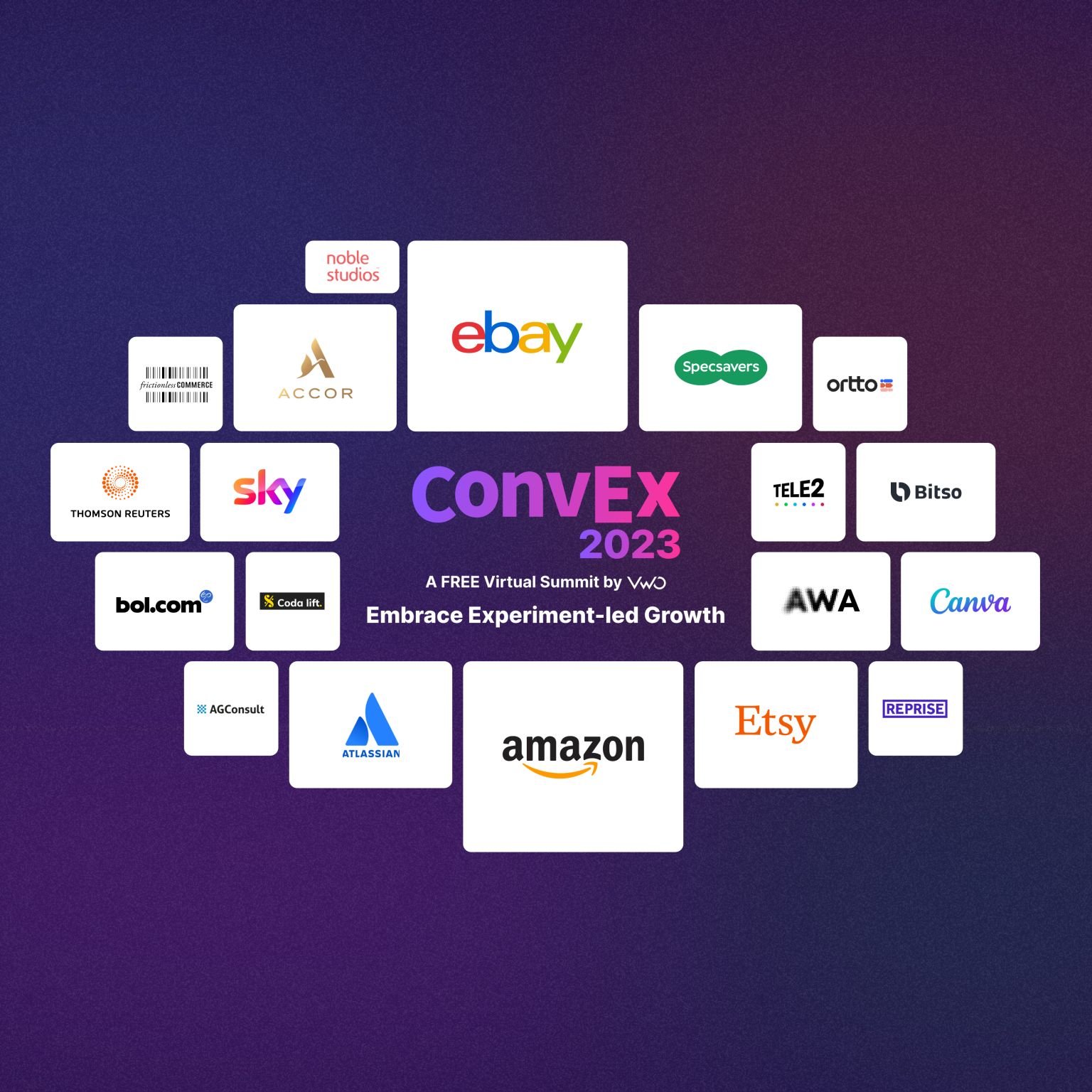
Work on areas with low engagement
Identifying and addressing low-engagement areas demonstrates your commitment to improvement and a better customer experience.
Imagine you manage CX for an online retail site and you noticed low engagement on the “Home Office Furniture” category product pages, leading to low conversion rates. To address this, you can perform an A/B test before implementing any final changes, such as adding product recommendations or social proof elements.
A successful A/B test will help identify the most effective enhancements to improve user engagement and increase conversions. Learn how VWO can help by taking a free trial now.
How do you measure the success of your brand engagement strategy?
Measuring brand engagement involves assessing various aspects of how your audience interacts with and perceives your brand. We’ve listed metrics that can help measure brand engagement effectively:
Email open rates
Increased email open rates indicate that your recipients are showing genuine interest in your email campaigns or brand’s content. They’re not just skimming the surface; they’re willing to delve into your emails and learn more about your products, services, or information.
Social media engagement
Social media is a potent tool to increase brand engagement. When your audience engages with your posts by liking, sharing, commenting, and participating in discussions, it’s a sign that they’re not just aware of your brand, but actively involved in your online community.
Customer feedback
Positive user feedback, reviews, and testimonials reflect a strong emotional connection that loyal customers have with your brand. When they take the time to provide feedback or endorse your offerings, it’s a clear sign of their engagement and satisfaction.
Website traffic
An engaged audience tends to spend more time on your website, exploring different pages and content. Increased page views and longer session durations indicate that visitors find your content compelling and engaging, leading to a deeper connection with your brand.
Net Promoter Score (NPS)
NPS serves as a straightforward indicator of customer loyalty and brand advocacy. Customers who provide high NPS scores not only engage with your brand but are also likely to become brand advocates, promoting your products or services to others.
Now, you might wonder about the metrics for customer engagement, which differ from brand engagement. Read our blog for the essential metrics to gauge the effectiveness of your customer engagement campaigns.
Top real-life brand engagement examples
Leading brands today employ various strategies to increase brand engagement, including consistent messaging, creating emotional connections, aligning with customer values, and offering personalized experiences. We’ve shortlisted 5 such brand engagement examples below.
Apple
Apple excels in creating brand engagement by offering a seamless ecosystem of products and services. Their devices work cohesively, allowing users to easily transition between them. This ecosystem keeps customers invested in the Apple brand because they don’t want to switch to other brands that may not offer the same level of ease of use.
Starbucks
This massive coffee chain brand excels at building brand engagement through its commitment to sustainability and community engagement. Initiatives like the “Coffee and Farmer Equity (C.A.F.E.) Practices” and their support for local communities strengthen the brand’s engagement with socially conscious customers.
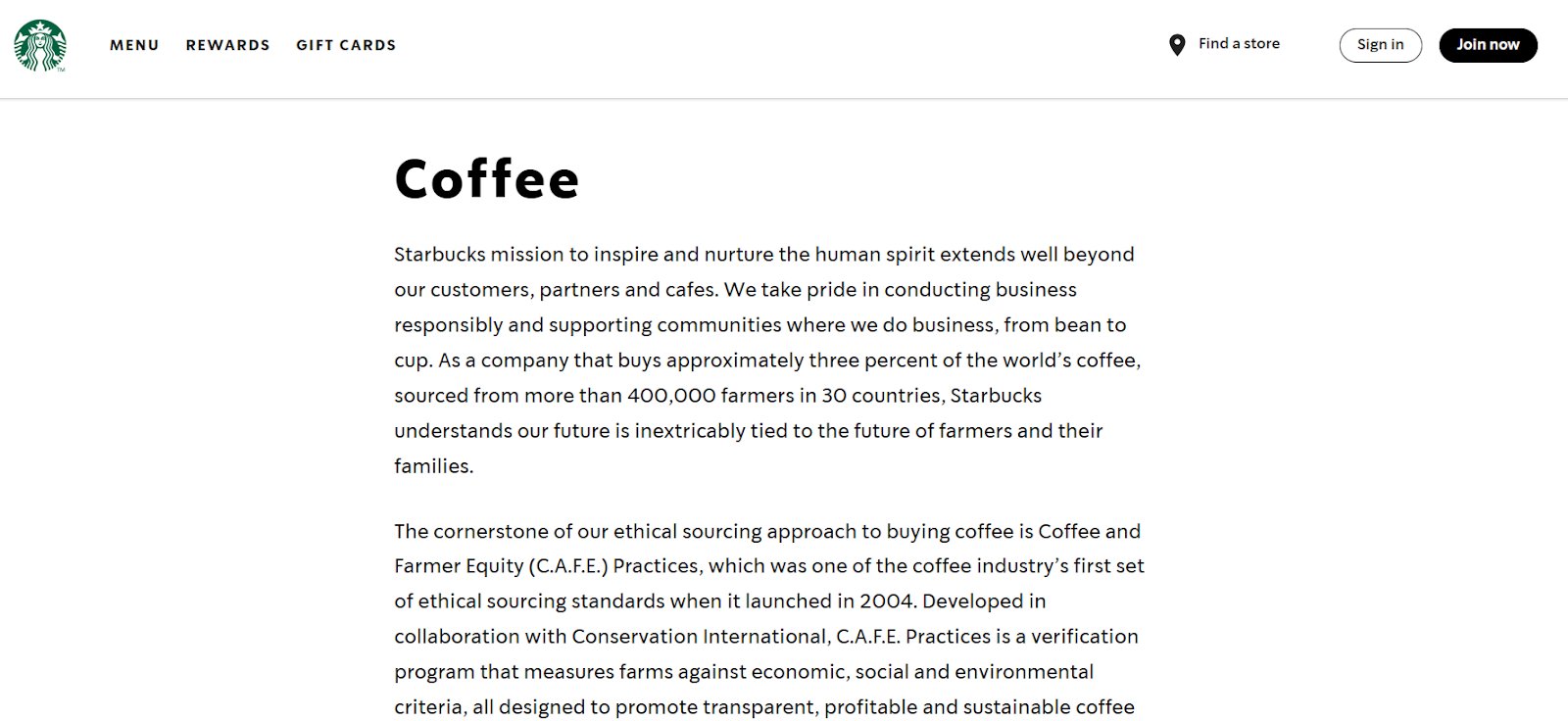
Disney
Disney’s brand engagement is deeply rooted in storytelling and iconic characters. They understand that connecting emotionally with their audience is key. By continuously introducing new characters and expanding on beloved franchises, Disney maintains a strong relationship and lasting bond with fans of all ages.
As a part of its customer engagement strategy, the brand’s theme parks provide a real-world experience, allowing customers to engage with the brand in a tangible way. From meeting their favorite characters to immersing themselves in themed environments, the parks enhance customer engagement by creating unforgettable memories.
Salesforce
A trailblazer in the world of B2B SaaS space, Salesforce has built a thriving online community called the “Trailblazer Community.” This platform connects Salesforce users, administrators, developers, and partners. It fosters knowledge sharing, problem-solving, and networking, creating a sense of belonging. Clients actively engage with Salesforce and with each other, strengthening their ties to the brand.
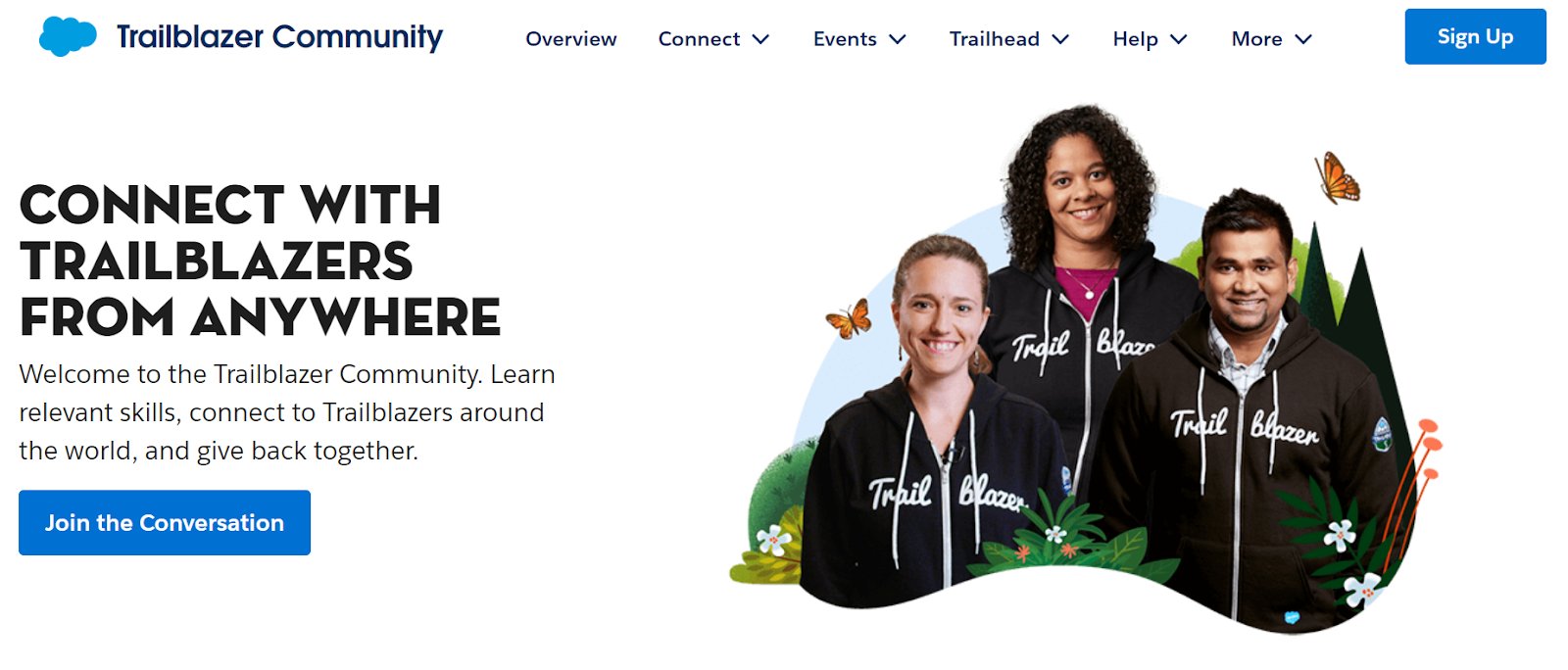
Dove
Dove’s brand engagement shines through its “Real Beauty” campaign. By promoting self-esteem and body positivity, they’ve engaged in meaningful conversations about beauty standards. Dove’s messaging aligns with its brand identity, which resonates with customers who appreciate authenticity and social responsibility.
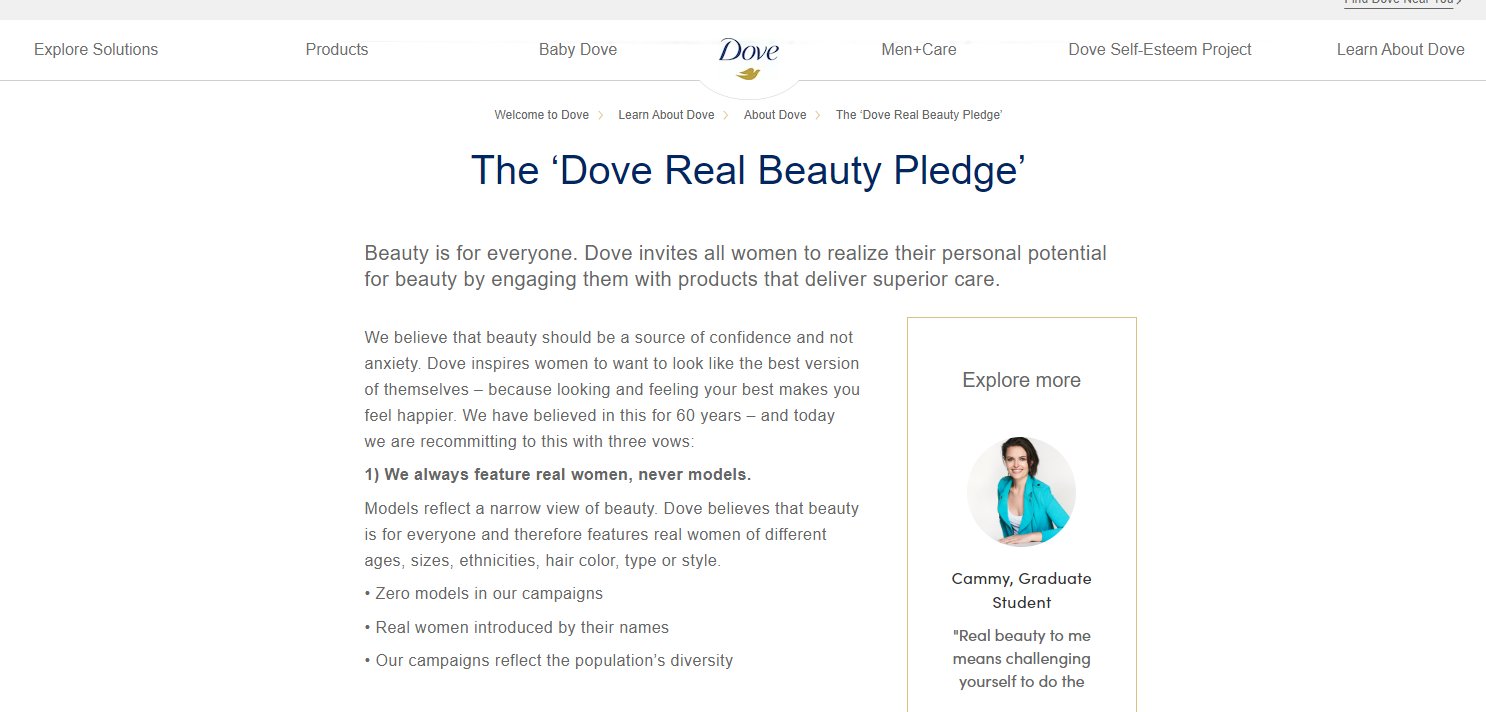
Kickstart your brand engagement efforts today
In a world where brands often find it challenging to stand out, the true essence of brand engagement is in cultivating a profound, authentic connection that transcends only products and services.
It’s about nurturing a bond, an emotional resonance that lingers in the minds of your audience. The strategies and examples we’ve shared are here not only to guide you but also to fuel your imagination as you embark on the path of crafting your unique brand engagement plans.
So, get ready to embark on this journey because, in the end, it’s all about forging relationships that endure a lifetime.
Frequently asked questions
An example of a brand engagement strategy involves using social media as a platform to connect with the audience. Brands can create campaigns that encourage users to actively participate in various ways, such as sharing content, taking part in contests, or contributing user-generated content. These brand engagement ideas foster a deeper connection with its customers, increase brand engagement, and ultimately drive business growth. To learn more about real-life brand engagement examples, read the relevant sections in this blog.
The four types of engagement represent different ways in which customers interact with a brand. Cognitive engagement pertains to how customers think and learn about a brand. Emotional engagement involves the feelings and emotional connection that customers have with a brand. Behavioral engagement focuses on the actions customers take, such as making a purchase or interacting with the brand’s website. Social engagement occurs when customers engage with the brand within a social context, often through social media or community events.
Engagement strategies involve the plans and tactics that brands employ to nurture stronger connections with their audience. These strategies are designed to enhance customer loyalty, boost brand awareness, and encourage customers to actively participate in the brand’s activities, ultimately driving business success. Some common strategies include content marketing, social media campaigns, loyalty programs, and personalized customer experiences.
Brand engagement signifies how well a brand can connect with its audience on various levels, from basic product or service recognition to fostering a loyal, emotional bond. The higher the brand engagement, the more likely customers are to choose that brand over competitors and become advocates for it. Plus, using the metrics we shared in this blog, measure brand engagement to understand if your efforts are in the right direction.
The primary goal of brand engagement is to establish enduring, meaningful connections with customers. By achieving this, brands aim to increase brand loyalty, improve customer retention rates, and encourage customers to become enthusiastic advocates for the brand. Overall, brand engagement is a key factor in driving long-term customer relationships and, consequently, business growth.
Brand engagement is impacted by several factors, including authentic communication, which involves transparent and honest interactions with customers.
Personalized experiences are essential, as customers appreciate brands that cater to their individual needs and preferences. High-quality products or services that consistently meet or exceed customer expectations and increase brand engagement.
These brand engagement ideas play a significant role in creating a strong and lasting connection with customers.



